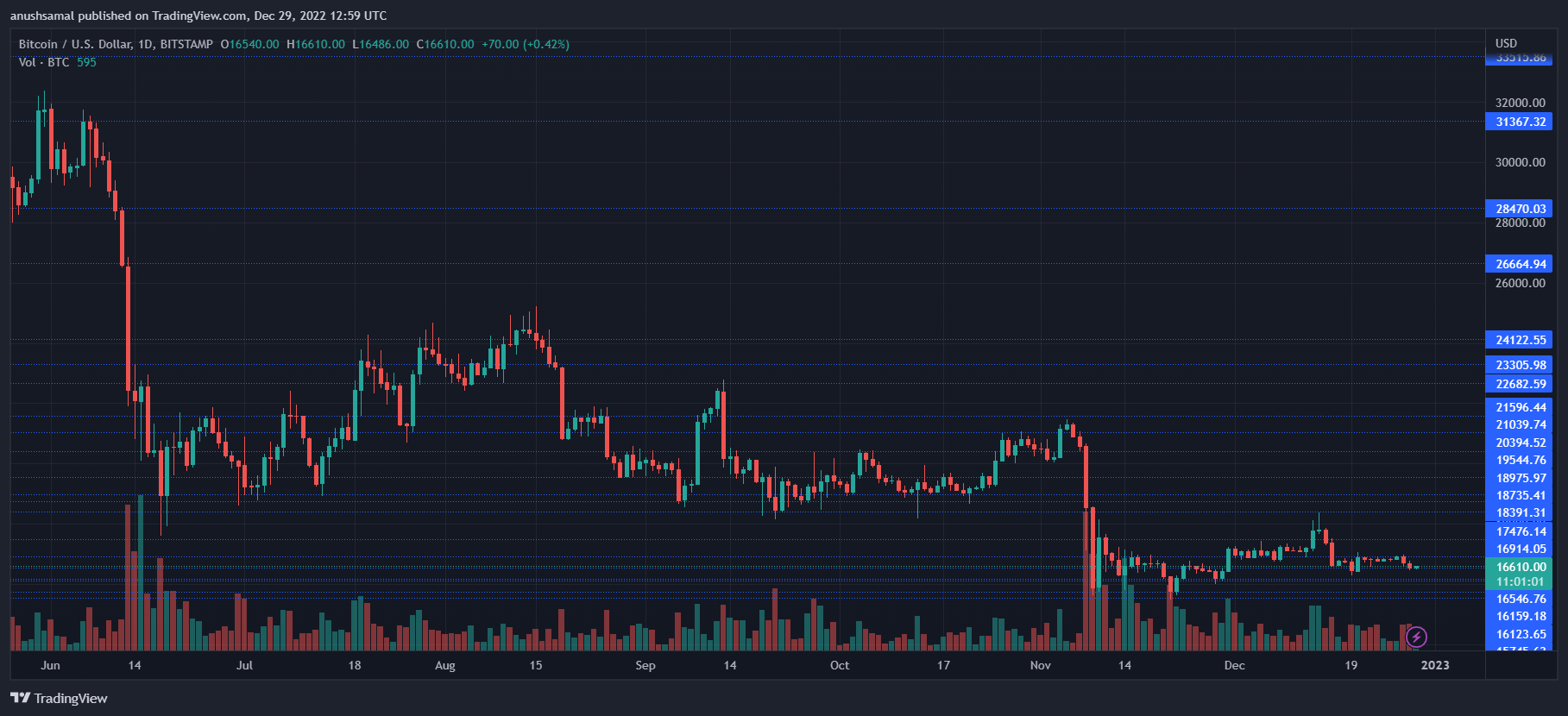- December 29, 2022
- Posted by: admin
- Category: BitCoin, Blockchain, Cryptocurrency, Investments
A total of 17 questionable crypto websites, which also include crypto brokers, have been flagged by the California Department of Financial Protection and Innovation (DFPI). These websites are believed to be conducting fraudulent practices.
The warning against these 17 crypto websites and brokers was passed over a period of two days after these crypto entities appeared to be engaged in fraud against California consumers. The warnings were issued on the Consumer Alert page on December 27 and 28.
The DFPI stated:
The DFPI urges consumers to exercise extreme caution before responding to any solicitation offering investment or financial services. To check whether an investment or financial service provider is licensed in California
DFPI had last conveyed notifications regarding crypto frauds to caution consumers in June 2022. The regulatory body had issued alerts to more than 26 fraudulent crypto websites.
The Rundown Includes These Fraudulent Crypto Websites
The warnings were issued to Tahoe Digital Exchange, TeleTrade Options, Tony Alin Trading Firm, Hekamen Ltd./Tosal Markets Limited, Trade 1960, Yong Ying Global Investment Company Limited, Unison FX, VoyanX.com, and ZC Exchange, among other websites.
Not only that but it was discovered that two other websites, eth-Wintermute.net and UniSwap LLC, were impersonating two well-known cryptocurrency websites.
Additionally, it is quite uncommon for the DFPI to issue so many warnings at one time, this could potentially mean that crypto scams were on the rise towards the end of the year.
The concerned regulatory body mostly posts warnings periodically pertaining to investigations into various companies along with concerns related to certain specific incidents.
What Are The Two Most Alleged Crypto Scams?
As mentioned previously, DFPI last issued alerts in a big volume in June this year in response to various complaints from citizens against brokers and websites. Reportedly, consumers had lost about $2,000 to $1.2 million in fraud cases.
The two most common scams include ‘pig-slaughtering scams’ and ‘Advance Fee Scheme scams’. In the case of pig-slaughtering scams, a person or a group of people create a mock-up identity and base the scam on fake relationships created predominantly through social media.
These relationships can range from friendships to business partnerships and even romance. The fraudster typically invests a lot of time in building these fake relationships and then gradually moves to conversations about investment opportunities, which are usually characterized as ‘too good to be true’.
The motive behind conducting such a scam is to ensure that the victim finally invests in a copycat website of a legitimate website, or by sending funds to a dubious wallet address. Along with the ‘pig-slaughtering scam’ is another scam called the ‘Advance Fee Scheme’.
This tactic involves the bad actors requesting a large sum of money, which are fake withdrawals from the scam websites.
When the victim decides to act upon it, the fraudsters immediately get hold of the initial investment along with the recent transaction and then cut off all contact at that very instant.
